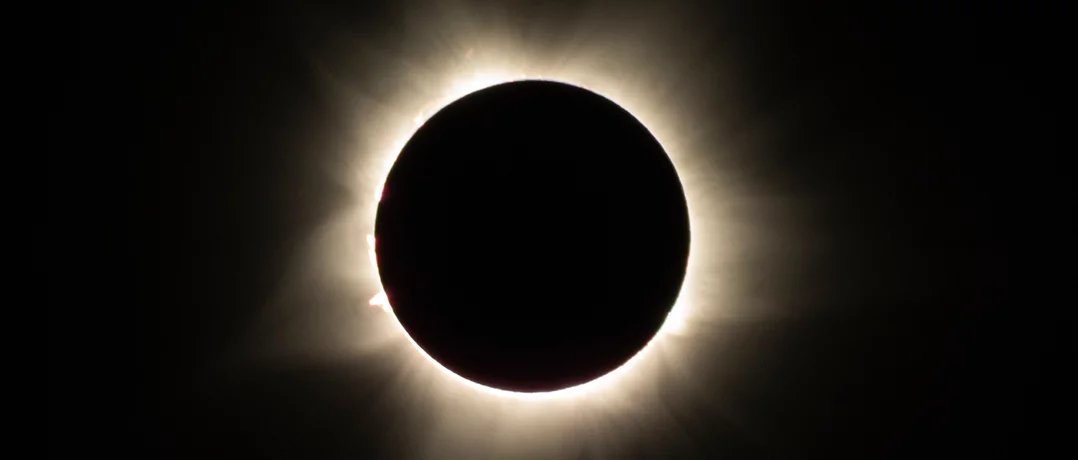Lasting over six minutes, the 2027 solar eclipse offers rare scientific and visual exploration opportunities.
Six minutes of global darkness

On August 2, 2027, millions across Europe, North Africa, and the Middle East will witness one of the longest total solar eclipses of the 21st century. Lasting an extraordinary 6 minutes and 23 seconds at its peak, the event will offer rare scientific and visual opportunities, including detailed observation of the Sun’s corona, solar flares, and atmospheric effects.
The eclipse’s remarkable duration is the result of a near-perfect cosmic alignment. The Moon will be at its closest point to Earth making it appear slightly larger in the sky, while Earth will be near its farthest point from the Sun making the Sun appear slightly smaller. Combined with the eclipse’s equatorial path, the Moon’s shadow will move unusually slowly, allowing for an extended period of total darkness.
The path of totality, a narrow strip where the Sun is fully obscured, will sweep from southern Spain across Gibraltar, Morocco, Algeria, Tunisia, Libya, and Egypt, reaching maximum coverage near Luxor. International astronomers are already preparing to study the Sun’s corona, magnetic field dynamics, and temperature variations, while photographers plan high-resolution imaging of the fleeting phenomenon.
Partial eclipse in Lebanon
While Lebanon falls outside the path of totality, residents will still experience a striking partial eclipse. In Beirut, the Sun will begin to be obscured at 11:39 AM, reach its maximum coverage of 77% at 12:58 PM, and exit the partial phase by 2:15 PM. With the Sun high in the sky, around 74° altitude, the event promises clear visibility using proper solar eyewear.
Global anticipation
The eclipse has drawn global attention for its long duration and clear summer skies. Egypt will host research teams studying the Sun’s corona and solar activity, while Morocco’s High Atlas Mountains will feature temporary observatories. At the same time, Luxor and other locations along the path of totality are gearing up for tourists, with cruises, tours, and packages already in high demand. The Moon’s shadow will sweep over iconic landmarks like the pyramids of Giza, Carthage, and southern Moroccan deserts, blending science with culture.
Dubbed “the eclipse of the century,” August 2, 2027, promises not only a rare celestial spectacle but also a window into the Sun’s mysteries. For scientists, photographers, and stargazers alike, it is a moment that will be remembered for decades, blending the awe of nature with human curiosity and discovery.



